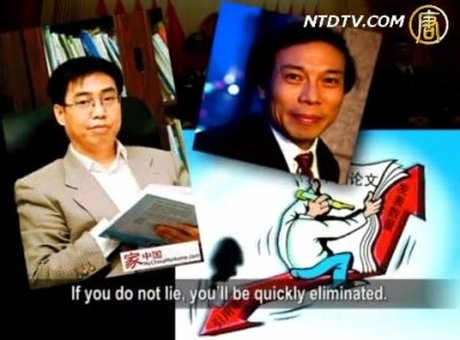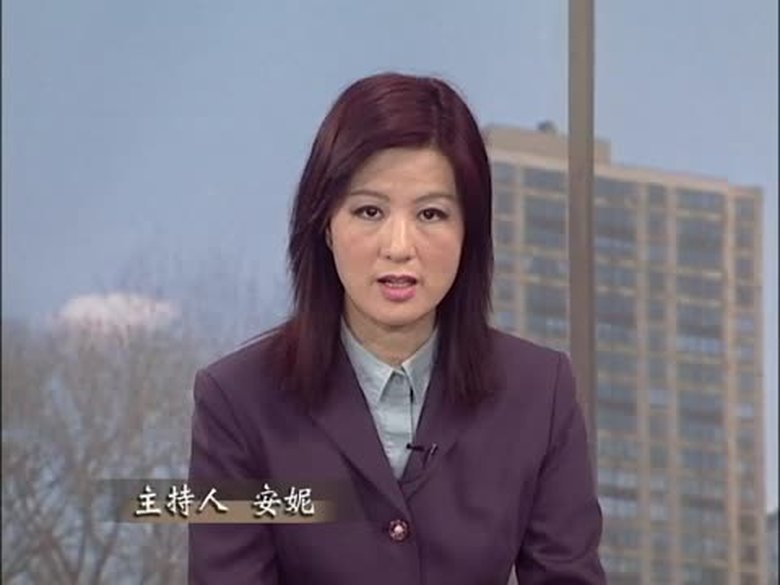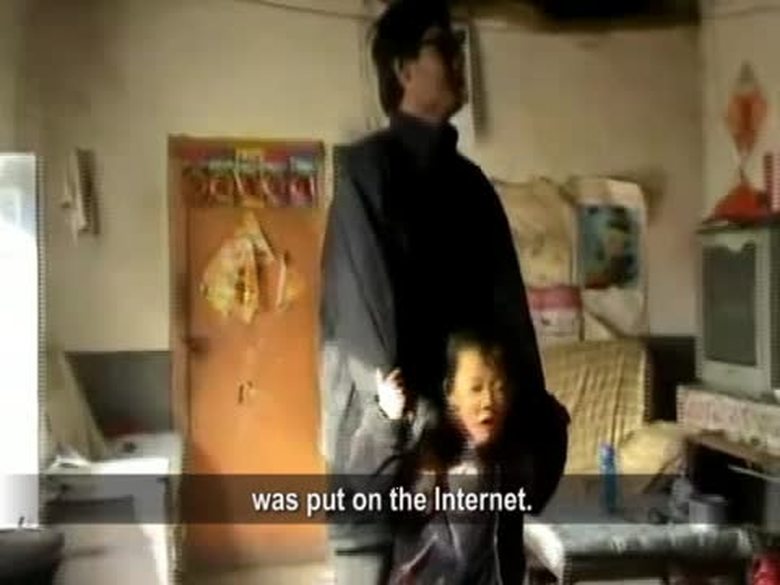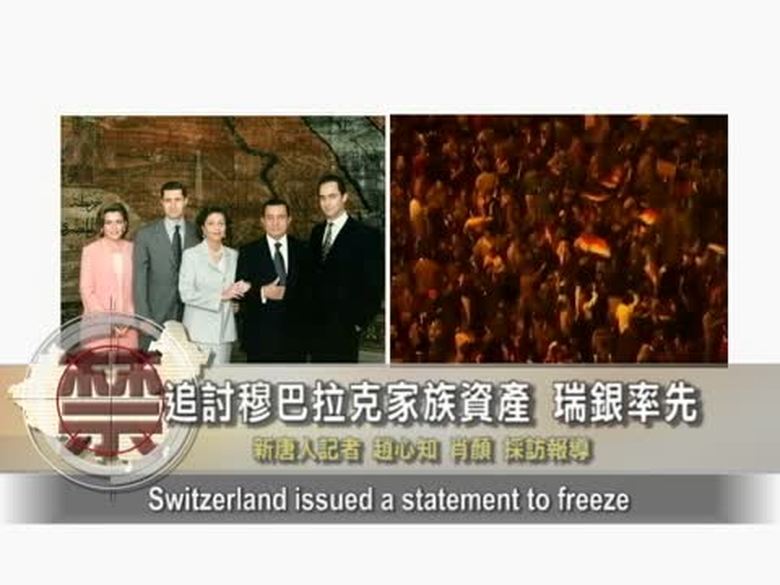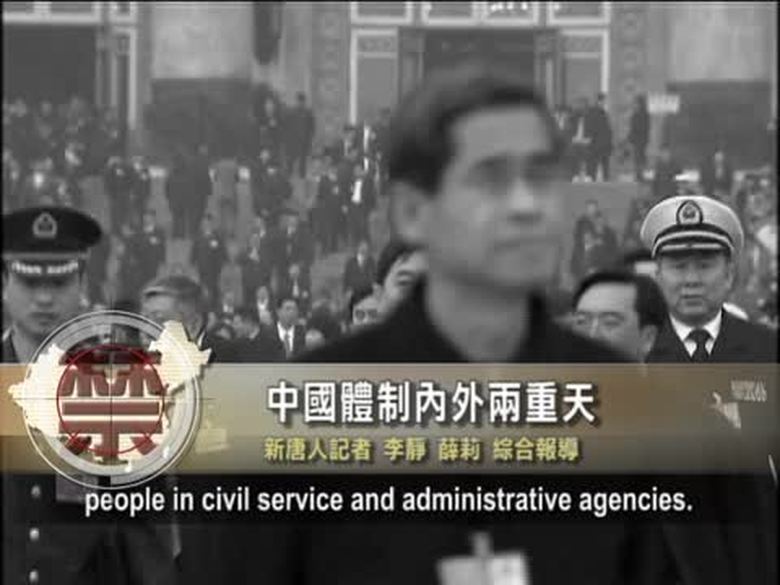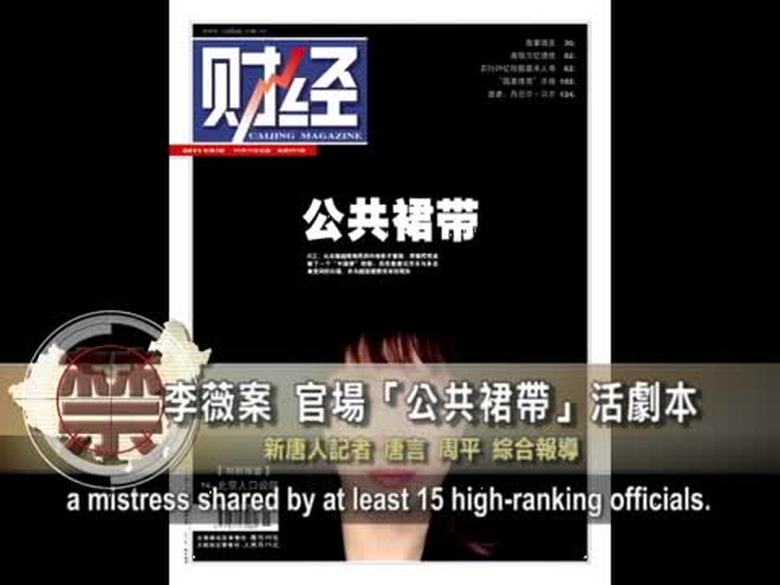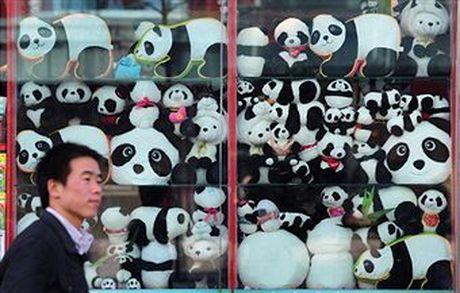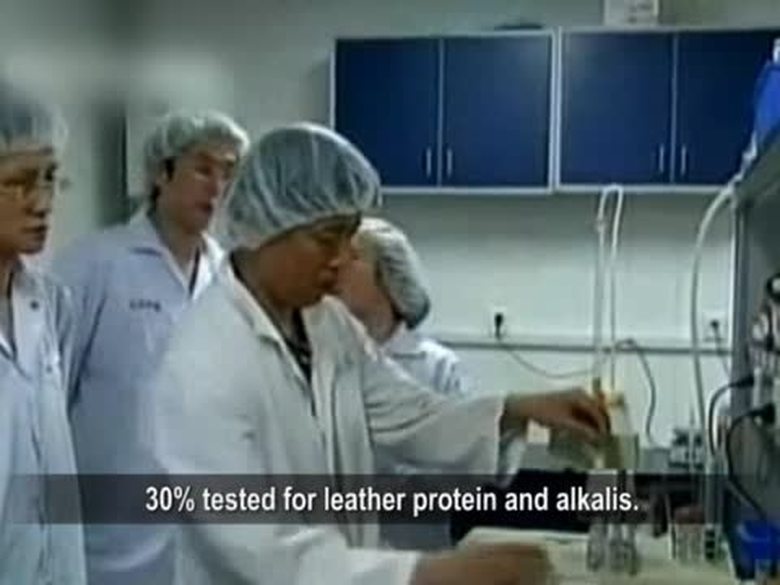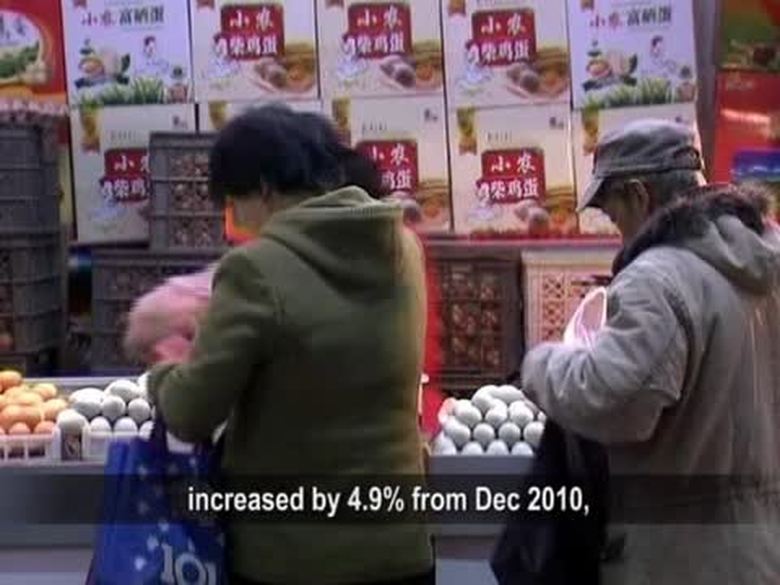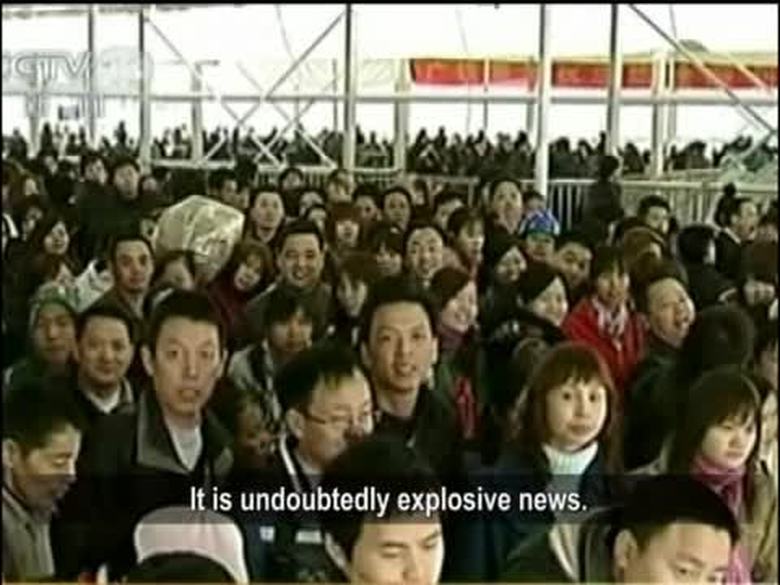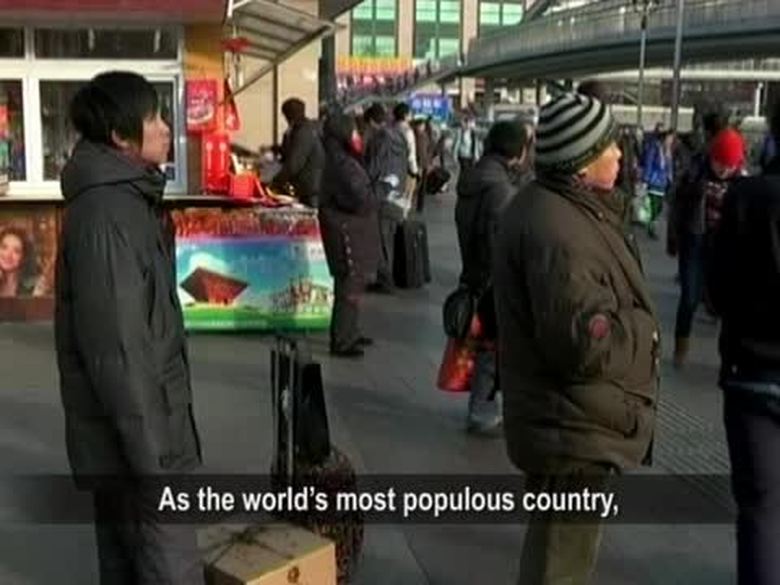【新唐人2011年2月15日訊】由於中國近期食品價格飆漲,國際投資銀行高盛集團在最新的報告中預測,2011年中國一月份的消費者物價指數CPI可能達到5.3%。如果糧價持續上漲,將成為中共在2011年面臨的大問題之一。
英國《金融時報》中文網的特約撰稿人白鶴鳴,在11號刊登的專欄文章中指出,這個月9號晚間,一場人造雪雖為華北帶來了長達一百多天以來的第一場雪。但在長期乾旱與雪量不足的情況下,乾燥的土壤一搓就碎,冬小麥的麥苗長勢明顯不如去年。儘管已經用地下300米或400米抽上來的井水進行灌溉,仍有超過一億畝(1.12億畝)的耕地受損嚴重,這龐大損失的後果在今年六月中收成季節就會看到。
文章指出,如果糧價持續上漲,將成為中國政府在2011年面臨的大問題之一。中國城鎮家庭用於購買食品的支出比例,今年很可能會超過40%。而幾天前讓埃及穆巴拉克政府跨臺的示威遊行,跟官方未能在糧價上漲的情況下,提供民眾足夠的廉價麵包有關。這等於告訴中共政府,一旦糧價失控,「維穩」將會越來越困難。
而且國際情勢難以樂觀。去年十月俄羅斯宣佈,停止出口糧食的禁令將全面延長到今年七月一號,美國玉米產量也下降。由於中國近期食品價格飆漲,國際投資銀行高盛集團在最新的報告中預測,2011年中國一月份的消費者物價指數CPI可能將達到5.3%。
面對新一代炒作民生物價的主力不是家庭主婦,而是手握龐大資金的投機客,各國政府都在思考如何增加糧食產量,但文章指出,中國大陸繼續增產的空間卻越來越小。去年中國糧食產量雖達到5.04億噸,但這一切是在機械化農業和化肥催化下完成的。回顧過去幾十年來,中共政府以消耗環境資源的方式實現的糧食產量,背後所付出的代價,光是水資源一項就十分驚人,河北的地下水位從十幾米下降到幾百米,而且還在持續下降。相較之下,美國農業為了環保,也為了食品健康,一般只用機械,少用化肥和農藥,小麥畝產量雖然只有中國的三分之一,卻保存了自然環境與資源。
最後,作者指出,今日農業已成為一種需要長期投資、經營的重要產業,民眾需要的是能在農產歉收,或糧價大跌時填補農民損失的「農業保險制度」,但是因為保險公司賠的太多,「農業保險制度」在中國大陸已漸漸消失了。
新唐人記者曾耀賢、蕭宇綜合報導。
Soaring Grain Price Undermines CCP』s Efforts in Maintaining Stability
The grain price in China has been soaring recently.
Goldman Sachs Group said in its latest report that
China』s CPI in Jan. 2011 could be as high as 5.3%.
If the grain price continued to rise, it would become
one of the major challenges the regime faces in 2011.
Bai Heming, columnist for UK』s Financial Times
Chinese site, said in his article, on Feb.9, the artificial
snowfall technology induced the first snow
in North China in the past three months.
The long drought has turned the soil into powder.
The growth of winter wheat is worse than last year.
People are using underground water from
300 or 400 meters below ground to irrigate.
Still, 18.5 million acre of land suffered serious loss.
The damage will show up in the harvesting season.
The article said, if the grain price keeps on rising,
Chinese government will face some serious problems.
Food expense for urban families could exceed 40%.
The protest in Egypt that toppled Mubarak is partially
related to his failure in providing people with
enough low-price foods.
It is a sign to the Chinese government.
Once the grain price is out of control, it will be
more and more difficult to maintain stability.
The global situation is not that optimistic. Last Oct.,
Russia extended a grain-export ban to July this year.
U.S. witnesses a reduction in its maize yield.
Because food price in China is soaring,
Goldman Sachs Group said in its latest report that
China』s CPI in Jan. 2011 could be as high as 5.3%.
It is not the housewives who pushed the price high,
but the speculators with tons of money.
Every government is concerned of how to increase
grain production. The article said, there is limited
room for China to increase grain yield. Last year,
China』s grain production was 504 million ton, which
is boosted by fertilizers and mechanized agriculture.
In the past several decades, the government has been
exhausting the resources to increase grain production.
It is a heavy price paid.
Water consumption alone was stunning.
The underground water level in Hebei reduced from
10 meters to several hundred meters.
It continues going down. In contrast, the U.S. only
uses machines but not fertilizers or pesticides.
Their wheat yield is only one third that of China,
but the environment and resources are well protected.
Bai Heming said, agriculture is now an important
industry of investment and operation.
What people need is an insurance system that will
provide compensation in lean times,
or when the market price falls.
Since the insurance companies lost too much money,
the “agriculture insurance” is disappearing in China.
NTD reporters Zeng Yaoxian and Xiao Yu









